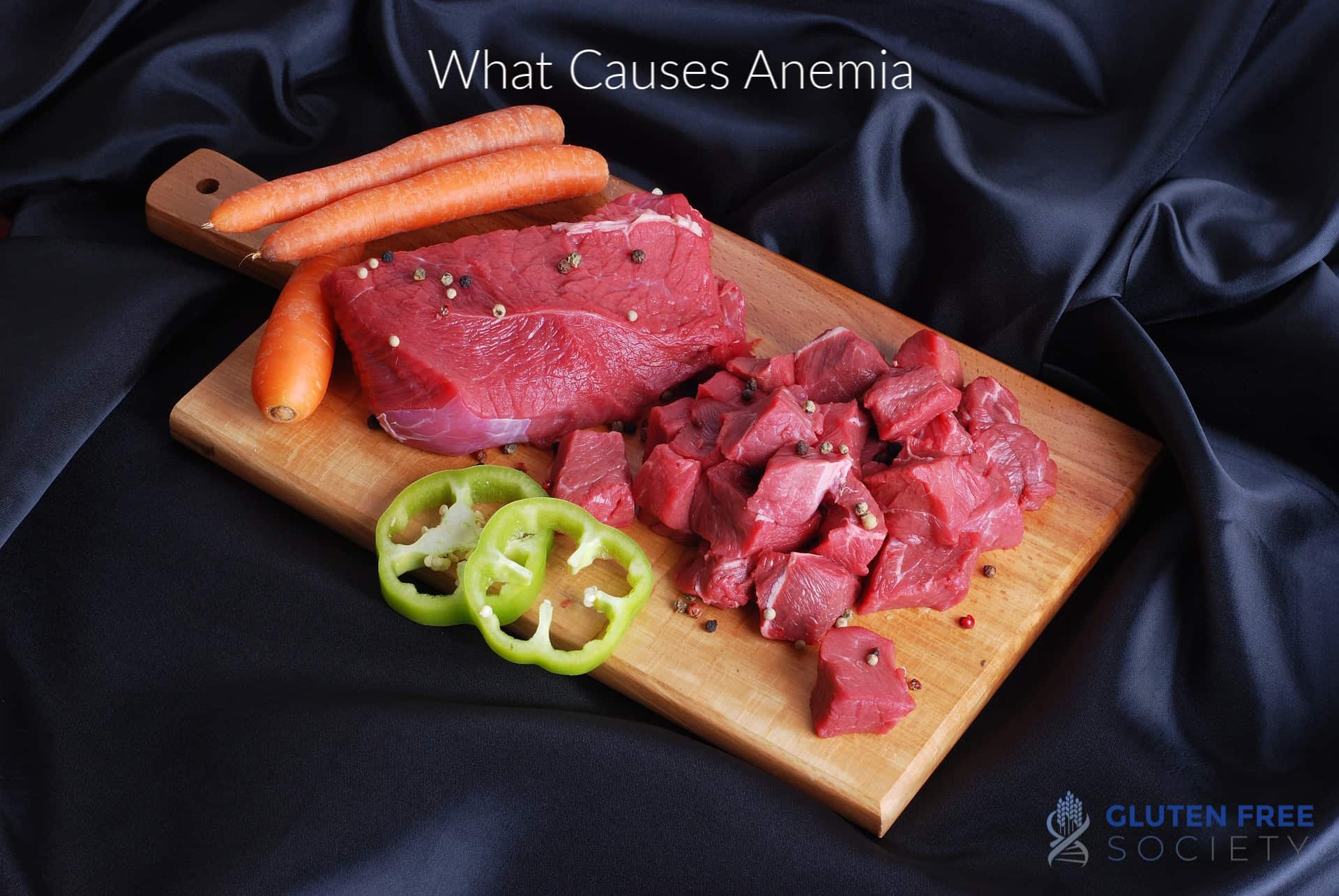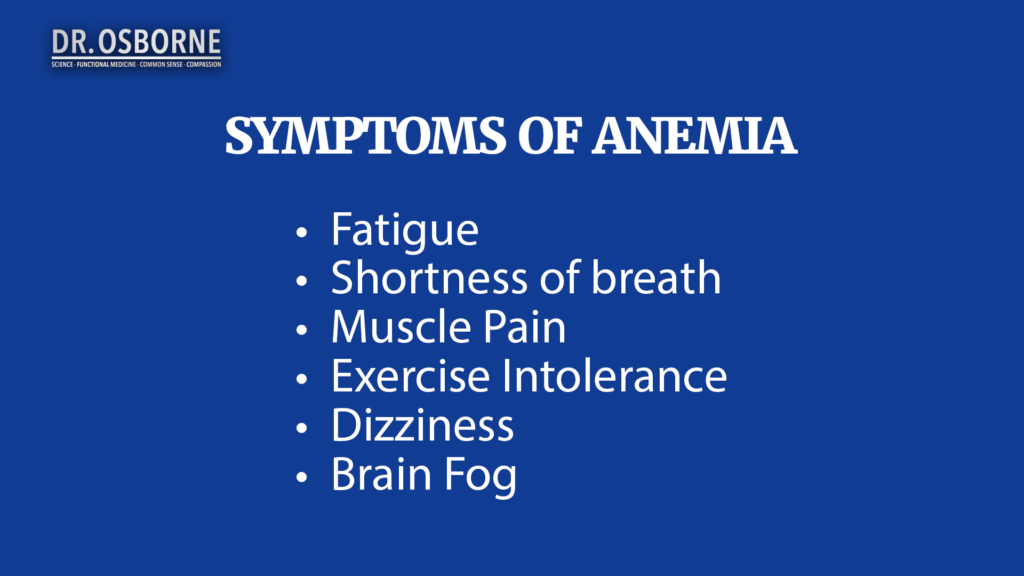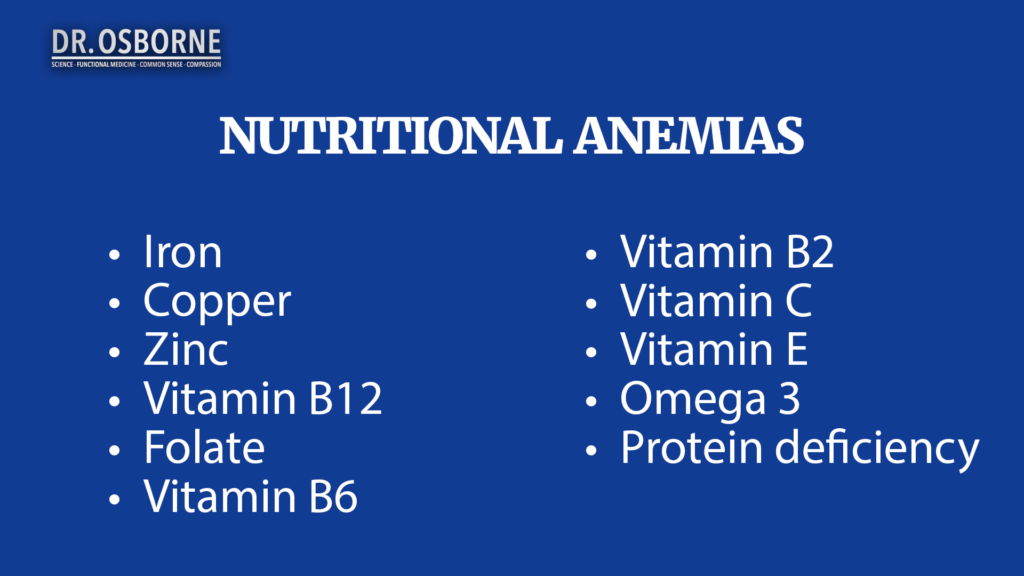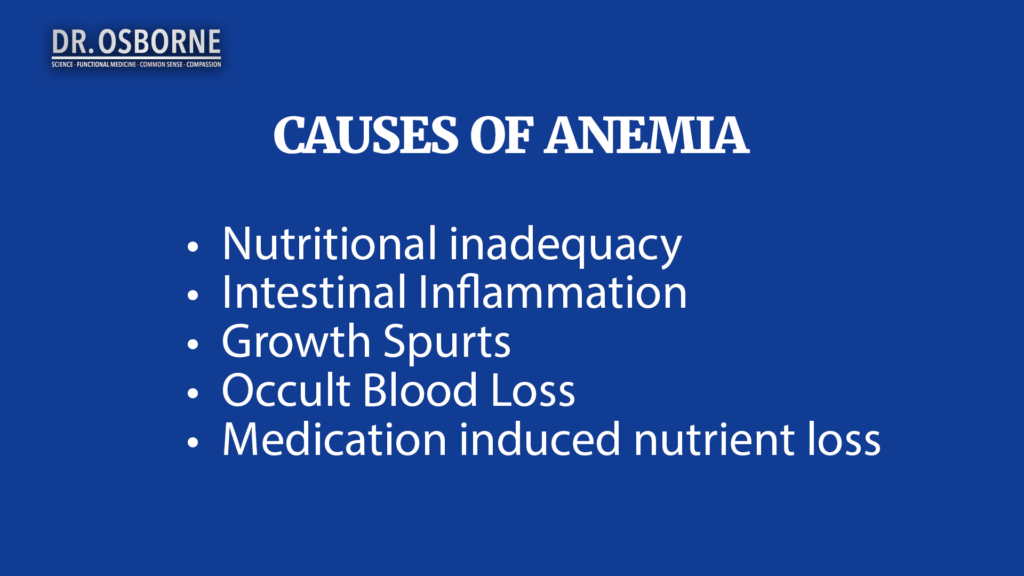new to the gluten free journey?
new to the gluten free journey?

Contents
Toggle Anemia may manifest itself in a variety of symptoms with one of the most prevalent being exhaustion. A person with this condition can sleep for 10 hours and still wake up feeling tired. Shortness of breath from minor exertion, brain fog, muscle pain, spasms, and knots, as well as dizziness and exercise intolerance, can also occur.
These symptoms are directly related to the fact that adequate oxygen is not reaching corresponding tissues in the body. Unfortunately, problems with the thyroid may also manifest with these symptoms often leading to a misdiagnosis. Many patients will be prescribed thyroid medication but will continue to have these issues due to treating the wrong condition.
Anemia may manifest itself in a variety of symptoms with one of the most prevalent being exhaustion. A person with this condition can sleep for 10 hours and still wake up feeling tired. Shortness of breath from minor exertion, brain fog, muscle pain, spasms, and knots, as well as dizziness and exercise intolerance, can also occur.
These symptoms are directly related to the fact that adequate oxygen is not reaching corresponding tissues in the body. Unfortunately, problems with the thyroid may also manifest with these symptoms often leading to a misdiagnosis. Many patients will be prescribed thyroid medication but will continue to have these issues due to treating the wrong condition.
 While there are different types, when most people think of this condition, they associate it with low iron. This form is easier to diagnose because it can be seen with a simple blood test. Low iron, ferritin, red blood cell count, hematic rate, or a reduction in hemoglobin, mean corpuscular volume, and mean corpuscular hemoglobin all indicate anemia. It could manifest with all of these being low or just a few.
While easy to treat in most cases, those with a gluten sensitivity or celiac disease may have a hard time identifying why this condition is present and persistent. This occurs because in these individuals because gluten damages parts of the stomach and intestine where iron is absorbed causing malabsorption. Therefore, those who have been diagnosed with iron-deficiency anemia and have a hard time treating it should be tested for gluten sensitivity.
While there are different types, when most people think of this condition, they associate it with low iron. This form is easier to diagnose because it can be seen with a simple blood test. Low iron, ferritin, red blood cell count, hematic rate, or a reduction in hemoglobin, mean corpuscular volume, and mean corpuscular hemoglobin all indicate anemia. It could manifest with all of these being low or just a few.
While easy to treat in most cases, those with a gluten sensitivity or celiac disease may have a hard time identifying why this condition is present and persistent. This occurs because in these individuals because gluten damages parts of the stomach and intestine where iron is absorbed causing malabsorption. Therefore, those who have been diagnosed with iron-deficiency anemia and have a hard time treating it should be tested for gluten sensitivity.
 As discussed, being deficient in several vitamins and minerals can cause anemia, but there are many other causes as well. Things like not getting enough calories, or malabsorption from conditions like gluten sensitivity, Celiac Disease, Crohn’s Disease, ulcerative colitis, and esophagitis may also be causes.
Significant blood loss may put an individual at risk as well. This can include a heavy menstrual cycle for women, occult blood loss, or bleeding in the GI tract, trauma, surgery, and donating or having blood drawn. Furthermore, children going through growth spurts are at risk due to their body needing extra nutrients to build new bone and muscle.
As discussed, being deficient in several vitamins and minerals can cause anemia, but there are many other causes as well. Things like not getting enough calories, or malabsorption from conditions like gluten sensitivity, Celiac Disease, Crohn’s Disease, ulcerative colitis, and esophagitis may also be causes.
Significant blood loss may put an individual at risk as well. This can include a heavy menstrual cycle for women, occult blood loss, or bleeding in the GI tract, trauma, surgery, and donating or having blood drawn. Furthermore, children going through growth spurts are at risk due to their body needing extra nutrients to build new bone and muscle.
 To prevent or even combat anemia, it’s important that individuals are consuming the right foods. Consider including liver, bison, and other animal meats (especially red meat) into the diet for greater intakes of iron. Spinach is also a good source, but the oxalate in spinach can make the iron-hard to absorb. Additionally, vitamin C helps the body to absorb iron, so increasing this is beneficial as well.
On the other hand, beware of medications. Medications like antacids eliminate acid in the stomach that are needed to absorb iron, protein, copper, B12, and even zinc. Nonsteroidal anti-inflammatories like aspirin and ibuprofen can also create ulcers and erosion in the GI tract leading to occult blood loss.
To prevent or even combat anemia, it’s important that individuals are consuming the right foods. Consider including liver, bison, and other animal meats (especially red meat) into the diet for greater intakes of iron. Spinach is also a good source, but the oxalate in spinach can make the iron-hard to absorb. Additionally, vitamin C helps the body to absorb iron, so increasing this is beneficial as well.
On the other hand, beware of medications. Medications like antacids eliminate acid in the stomach that are needed to absorb iron, protein, copper, B12, and even zinc. Nonsteroidal anti-inflammatories like aspirin and ibuprofen can also create ulcers and erosion in the GI tract leading to occult blood loss.
Stay up-to-date with the latest articles, tips, recipes and more.

*These statements have not been evaluated by the Food and Drug Administration. This product is not intended to diagnose, treat, cure or prevent any disease.
If you are pregnant, nursing, taking medication, or have a medical condition, consult your physician before using this product.
The entire contents of this website are based upon the opinions of Peter Osborne, unless otherwise noted. Individual articles are based upon the opinions of the respective author, who retains copyright as marked. The information on this website is not intended to replace a one-on-one relationship with a qualified health care professional and is not intended as medical advice. It is intended as a sharing of knowledge and information from the research and experience of Peter Osborne and his community. Peter Osborne encourages you to make your own health care decisions based upon your research and in partnership with a qualified health care professional.
One Response
I have little Armenia after lab test result from cancer oncly so what kind of medince or eat meat or others help me and anemi thanks sharon